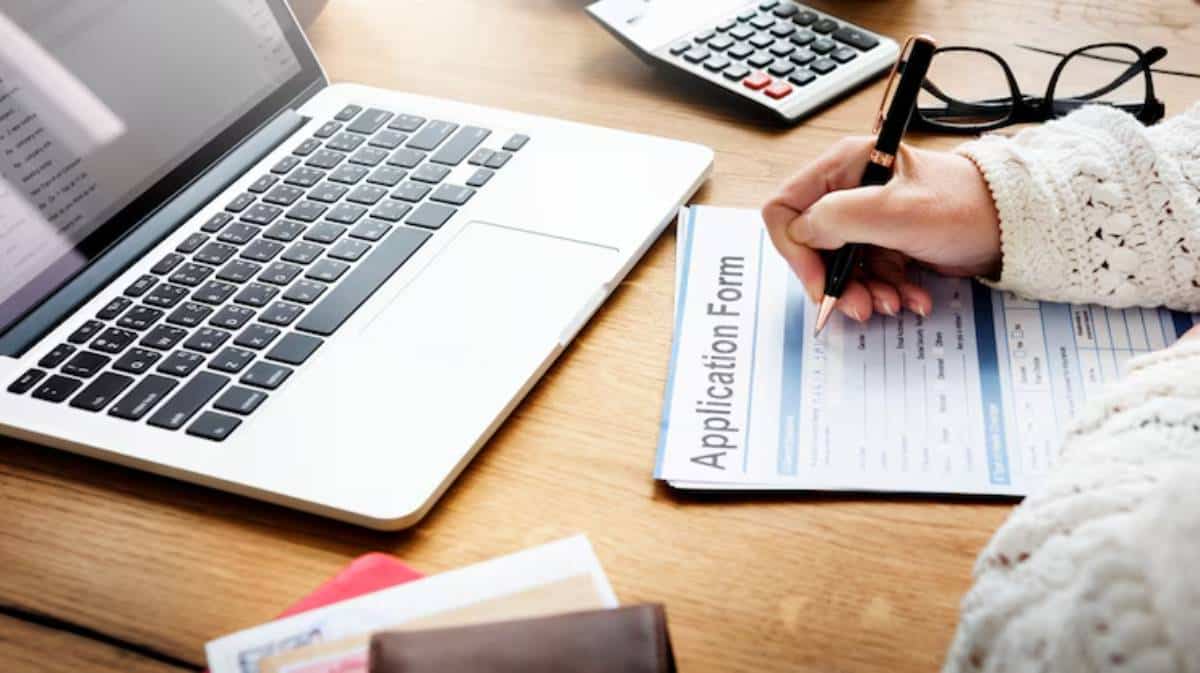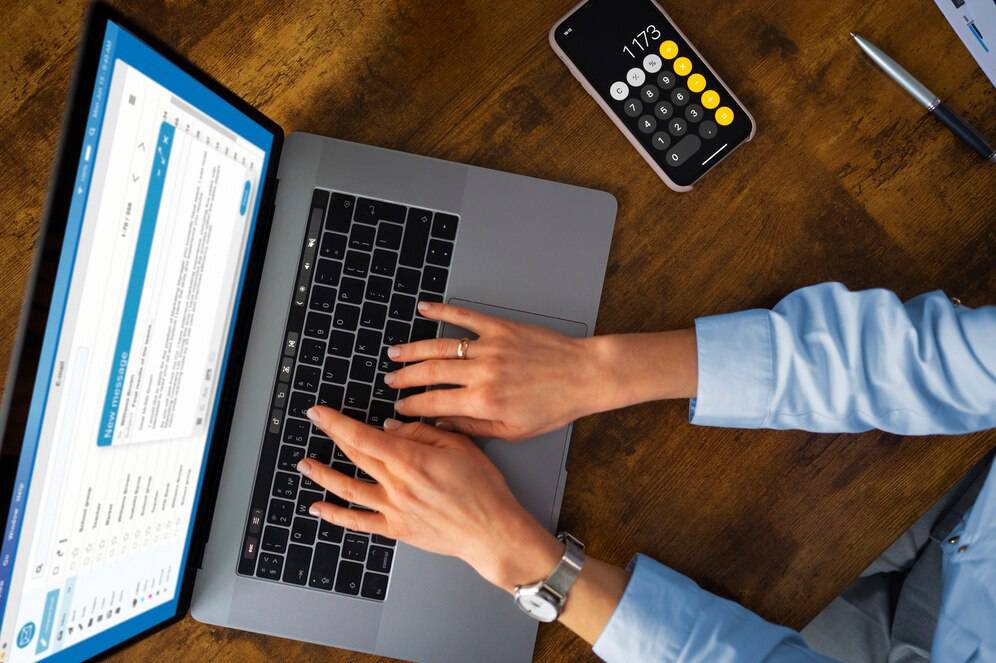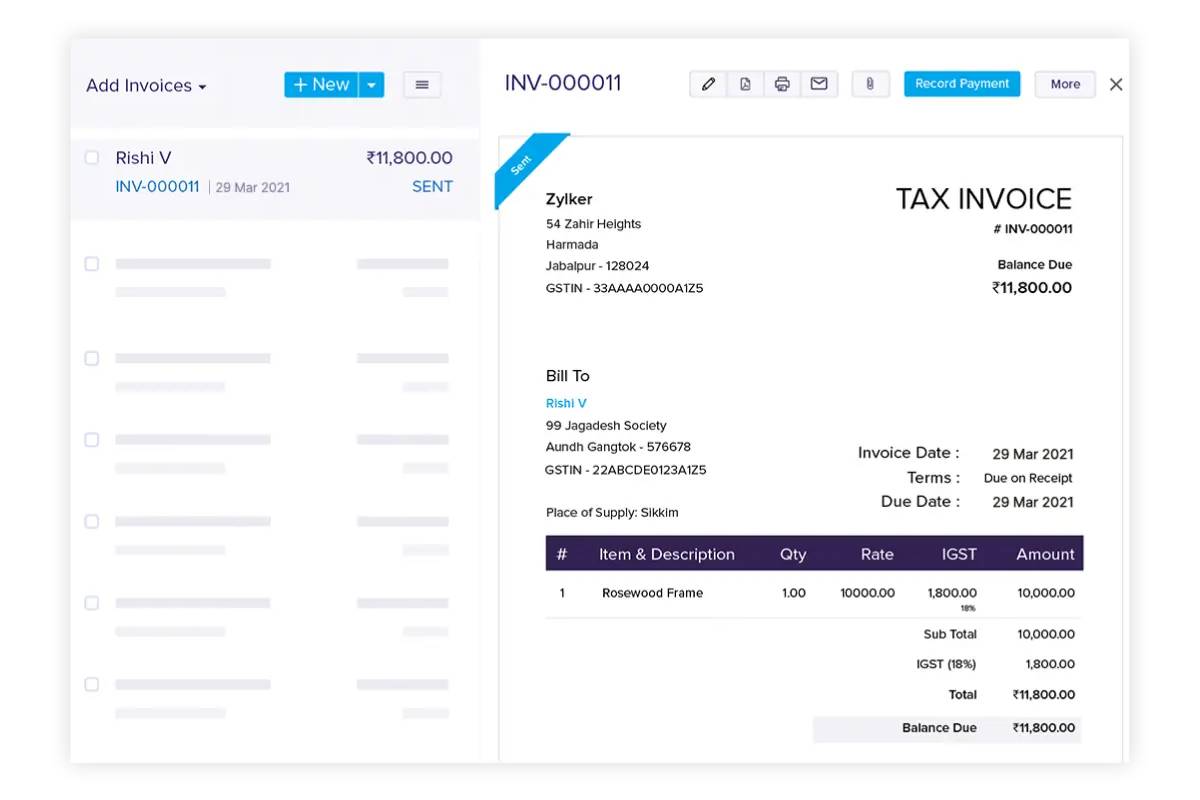
VAT Registration: When and How for Freelancers
You’re building your freelance business, clients are flowing in, and for the first time, you’re invoicing more than ever. But just as you’re enjoying the momentum, you hear whispers of “VAT threshold” and “registration deadlines” — and suddenly, your celebration feels a little premature.
If you’re freelancing in the UK, understanding VAT registration is a crucial part of your growth journey. It may seem intimidating at first — a tangle of forms, rules, and decimal points — but it’s actually a manageable and often empowering step once you know the ropes.
This guide is here to walk you through it. We’ll break down what VAT means, when you need to register, how it affects your freelance business, and what the practical steps look like. No jargon. No scare tactics. Just clear, trustworthy advice with real-life context.
Whether you’re approaching the VAT threshold or just planning ahead, this article will help you feel confident and in control of your freelance finances.
What Is VAT and Why Does It Matter?
A Quick Refresher: What Is VAT?
VAT (Value Added Tax) is a consumption tax charged on the sale of goods and services. In the UK, the standard rate is 20%, though some goods and services qualify for reduced rates (5% or 0%).
For freelancers, VAT isn’t something you usually worry about at the beginning. But as your income increases, especially if you work with VAT-registered businesses or agencies, it starts to matter more.
Why Should Freelancers Care?
Because once you hit a certain income threshold, VAT isn’t optional.
You must register — and that has consequences:
- You must charge VAT on your invoices.
- You can reclaim VAT on eligible business expenses.
- You’ll need to submit quarterly VAT returns to HMRC.
- Failing to register on time could mean penalties and backdated payments.
When Do Freelancers Need to Register for VAT?

The VAT Threshold: Know Your Limits
As of the 2024/25 tax year, the VAT registration threshold is:
- £90,000 in taxable turnover over any 12-month rolling period.
This isn’t based on your profit — it’s the total value of services you invoice, excluding exempt income.
Important: The threshold is calculated on a rolling basis. That means any 12-month span, not just the tax year.
So if you earned £8,000 a month from June 2024 to May 2025, your rolling total would be £96,000, and you’d need to register.
Voluntary Registration: Should You Do It Early?
You can register for VAT even if your turnover is under the threshold.
Some freelancers choose to do this because:
- It looks more professional, especially to corporate clients.
- You can reclaim VAT on business purchases (laptops, software, office costs).
- It prepares you for growth and avoids future admin headaches.
But it also adds complexity, and not all clients can reclaim VAT, so you could price yourself out of smaller contracts.
Real-life example: Jo, a freelance copywriter, earns £50,000 per year but works mostly with VAT-registered marketing agencies. By registering voluntarily, she reclaims VAT on software subscriptions and travel, effectively saving hundreds per year.
What Counts Towards the VAT Threshold?
Taxable vs Non-Taxable Services
Your taxable turnover includes most goods and services you sell in the UK — unless they’re VAT-exempt.
Examples of services that count towards the threshold:
- Digital design, consulting, writing, coding, photography
- Work for UK clients (regardless of where they are based)
Do not include:
- Work for overseas clients (outside the scope of UK VAT)
- Income from VAT-exempt services (e.g., education or certain medical services)
- Passive income, like royalties or dividends
Pro tip: Keep a running monthly log of your rolling 12-month total. HMRC won’t remind you — it’s your responsibility to track it.
How to Register for VAT as a Freelancer
Step-by-Step: Getting VAT Registered
Once your taxable turnover crosses £90,000 (or you’re approaching it).
Here’s what you do:
- Register online via the HMRC website.
- You’ll need a Government Gateway ID.
- Have details ready: turnover, bank details, and your UTR (Unique Taxpayer Reference).
- Choose your VAT scheme.
- Standard VAT Accounting: Most common — quarterly returns.
- Flat Rate Scheme: Simpler for freelancers with lower expenses.
- Annual Accounting Scheme: Fewer returns, but higher single payments.
- Receive your VAT registration certificate.
- It includes your VAT number, effective date, and when to submit your first return.
- Start charging VAT on your invoices.
- This must be from your effective registration date, even if you haven’t received your VAT number yet.
- Submit your VAT returns and payments on time.
- Usually quarterly, via Making Tax Digital (MTD) compatible software.
The Impact of VAT on Your Freelance Business
Adjusting Your Pricing
Once you register, you must add 20% VAT to your services. That can come as a shock to clients who aren’t VAT-registered (they can’t reclaim it).
So, you have two choices:
- Add VAT on top of your existing rates, and risk pricing out some clients.
- Absorb the VAT in your pricing — and take a hit to your income.
Example: If you charge £1,000 per project, post-registration you’ll either:
- Invoice £1,200 (if VAT is added), or
- Keep it at £1,000 and lose £200 to HMRC if you absorb the VAT.
Reclaiming VAT on Business Expenses
The good news? You can reclaim VAT on things you buy for your business.
Such as:
- Equipment (laptop, camera, tools)
- Software subscriptions
- Office rent or utilities (if VAT-registered)
- Travel and training (in some cases)
You must keep valid VAT invoices and receipts for everything you reclaim, and keep them for at least 6 years.
VAT Schemes Explained: Choosing the Right One

1. Standard VAT Scheme
- Most common
- Charge VAT on invoices, reclaim VAT on expenses
- Quarterly returns required
Best for: Freelancers with mixed clients and regular expenses
2. Flat Rate VAT Scheme
- Simpler: you pay a fixed percentage of turnover to HMRC (usually less than 20%)
- You can’t reclaim VAT on most expenses
- First-year discount of 1%
Best for: Service-based freelancers with low expenses
Example: A freelance graphic designer pays just 11% on gross turnover under the flat rate scheme. If their annual turnover is £100,000 (including VAT), they pay £11,000 to HMRC — even though they’ve collected £16,667 in VAT.
That means you keep more, but you can’t reclaim VAT on purchases.
3. Annual Accounting Scheme
- Only one VAT return per year
- Spread payments across the year
- Great for those who prefer fewer deadlines
Best for: Freelancers with predictable income and low admin tolerance
Mistakes to Avoid with VAT
1. Ignoring the Rolling 12-Month Rule
It’s easy to assume the VAT threshold resets each April. It doesn’t. Keep tabs monthly, or you risk registering late, which can lead to fines.
2. Forgetting to Charge VAT Once Registered
From your registration effective date, you must start charging VAT. Even if your clients haven’t been told yet. Failure to do so can result in paying VAT from your own pocket.
3. Not Using VAT-Compliant Software
Under Making Tax Digital, you need to submit VAT returns using approved software (like Xero, QuickBooks, or FreeAgent). Manual submissions won’t cut it.
4. Skipping Receipts for Expenses
No receipt = no claim. If you want to reclaim VAT on that shiny new laptop or printer ink, keep the paperwork tidy and digital.
Conclusion: VAT Doesn’t Have to Be a Headache

For many freelancers, VAT registration marks a milestone. It means your business is growing — and that’s worth celebrating. But it also comes with new responsibilities, so staying informed is key.
Here’s what to keep in mind:
- Track your rolling turnover monthly
- Know when you’re required to register
- Consider voluntary registration if it suits your business model
- Choose the right VAT scheme for your needs
- Be ready to adjust your pricing
- Keep accurate records and submit returns on time
You don’t need to fear VAT — you just need to understand it. With the right tools, systems, and mindset, handling VAT as a freelancer becomes just another part of your professional routine.


